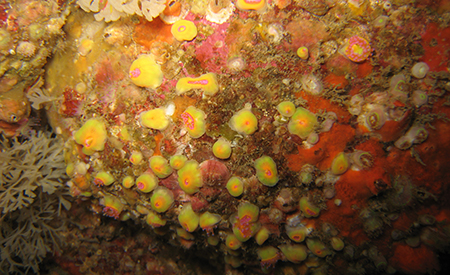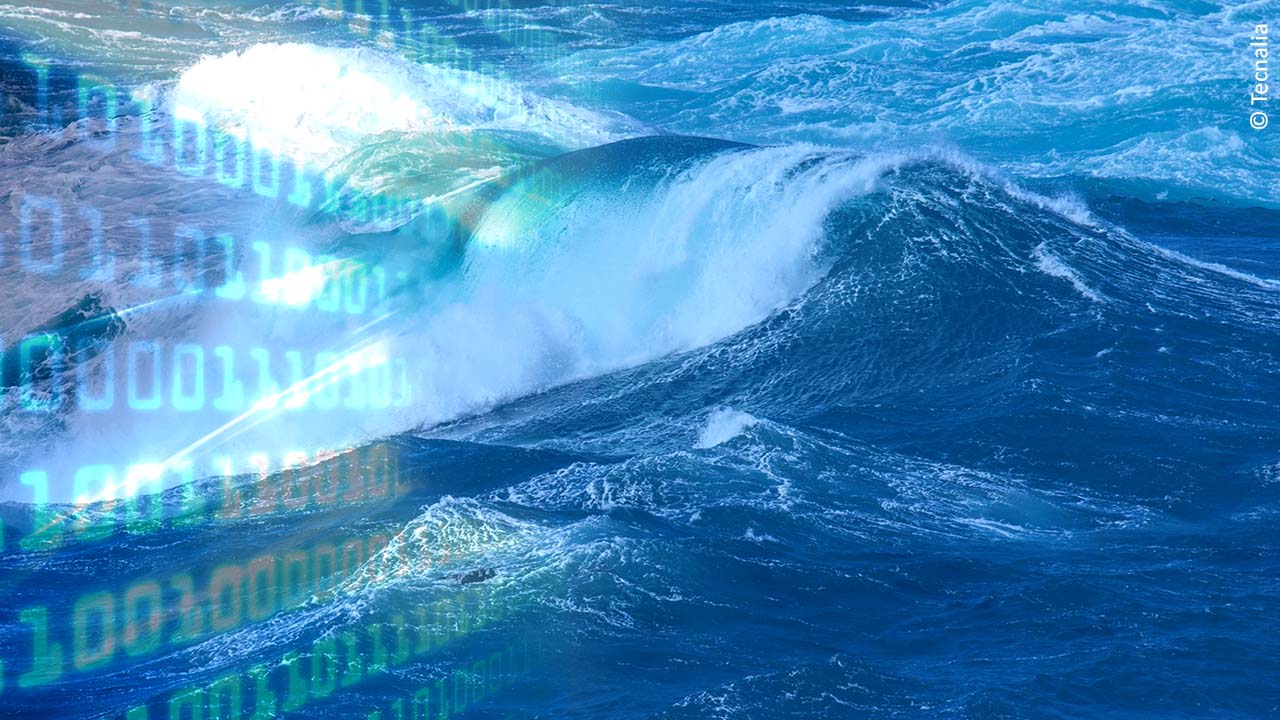Wave energy
Type of resources
Available actions
Topics
Keywords
Contact for the resource
Provided by
Formats
status
-

Measurement of the diameter of biocolonised moorings and biofouling composition at T+6 months of immersion.
-

Cost reductions in nascent forms of Renewable Energy Technology (RET) are essential for them to contribute to the energy mix. Policy intervention can facilitate this cost reduction; however, this may require a significant investment from the public sector. These cost reductions fall into two broad categories: (1) incremental cost reductions through continual improvements to existing technologies, and (2) radical innovation where technologies that significantly differ from the incumbents are developed. This study presents a modelling methodology to integrate radical innovation in RET experience curve and learning investment analysis, using wave energy as an example nascent RET. This aims to quantify the potential effects of radical innovation on the learning investment, allowing the value of successful innovation to be better analysed. The study highlights the value offered by radical innovations in long-term deployment scenarios for wave energy. This suggests that high-risk R&D efforts in nascent RET sectors, even with low success rates, could still present significant expected value in offsetting future revenue support.
-

Ocean energy is a relevant source of clean renewable energy, and as it is still facing challenges related to its above grid-parity costs, tariffs intended to support in a structured and coherent way are of great relevance and potential impact. The logistics and marine operations required for installing and maintaining these systems are major cost drivers of marine renewable energy projects. Planning the logistics of marine energy projects is a highly complex and intertwined process, and to date, limited advances have been made in the development of decision support tools suitable for ocean energy farm design. The present paper describes the methodology of a novel, opensource, logistic and marine operation planning tool, integrated within DTOceanPlus suite of design tools, and responsible for producing logistic solutions comprised of optimal selections of vessels, port terminals, equipment, as well as operation plans, for ocean energy projects. Infrastructure selection logistic functions were developed to select vessels, ports, and equipment for specific projects. A statistical weather window model was developed to estimate operation delays due to weather. A vessel charter rate modeling approach, based on an in-house vessel database and industry experience, is described in detail. The overall operation assumptions and underlying operating principles of the statistical weather window model, maritime infrastructure selection algorithms, and cost modeling strategies are presented. Tests performed for a case study based a theoretical floating wave energy converter produced results in good agreement with reality.
-

The present document refines the previous version submitted in October 2019, updates the initial assumptions, and depicts more clearly the exploitation routes and actions to reduce risks.
-

The Structured Innovation (SI) design tool comprises innovation methodologies that can enhance concept creation and selection in ocean energy systems, enabling a structured approach to address complex ocean energy engineering challenges where design options are numerous. Thus, it can facilitate efficient evolution from concept to commercialisation. The tool is one of a kind beyond the current state-of-the-art, that will enable the transfer and adaptation of the QFD/TRIZ and FMEA methodologies to the ocean energy sector.
-

Project website is one of the main communication and dissemination tools. Web presence is therefore a central element of the DTOcean project and activities
-

This document serves as the technical manual of the alpha version of the energy delivery module, including all the data requirements, main functions, interfaces and all pertinent technical details.
-

Review to identify the state of knowledge on anodes and their environmental impact. Report serving as a basis for further work (deliverables 3 and 4)
-

The aim of this document is to present the activity carried out by the four industrial partners who validated the DTOcean+ suite against five wave energy validation scenarios.
-

This report is the outcome of an analysis of potential markets for ocean energy technology. The aim was to develop a greater understanding of the potential markets for the deployment and the exploitation of these technologies. The focus includes both the present market status and future opportunities for commercialisation of both grid and non-grid applications.
 Catalogue PIGMA
Catalogue PIGMA